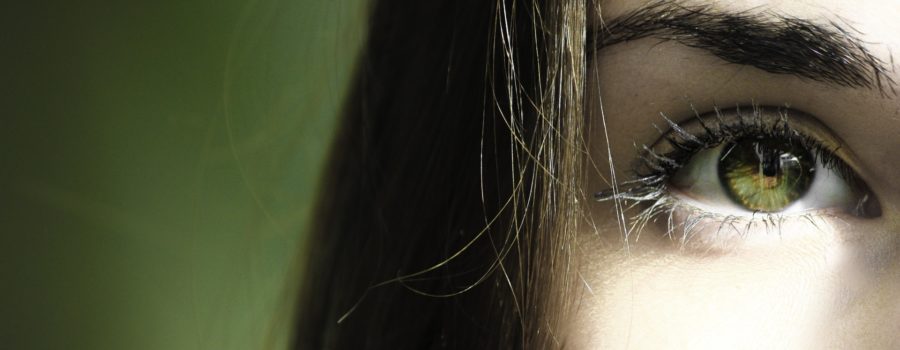The eyes are the window to the soul. Clearly, this phrase is meant to be taken figuratively rather than literally. But is there some physiological truth behind this saying? Let’s take a closer look at how pupil physiology indexes psychology.
Of all the organs in the human body, the brain is the most complex and mysterious. How, then, do psychologists approach the daunting task of deciphering the brain? The beauty of the brain is that it is intricately connected to much of our bodily functions; it is, among many other things, a control center for our physiology. This relationship whereby the brain influences physiology is the core idea of psychophysiology, a field where scientists look at physiology to gain insight into psychology.
One increasingly popular method of psychophysiology is pupillometry – the measurement of pupil size as an indirect marker of cognitive behavior. For psychologists, pupillometry offers a number of attractive advantages. It is safe and convenient for use with human subjects. It is also well-documented as a robust measure of many cognitive functions. Its convenience and effectiveness makes pupillometry a powerful tool in the study of the brain.
Briefly, let us review the anatomy and physiology of the pupil. The pupil is simply an aperture that regulates the amount of light received by your retina. The size of this aperture is controlled by two antagonistic muscles, the iris dilator and sphincter muscles. These muscles are responsible for the pupillary light reflex, in which the pupil constricts in response to a light stimulus. Although the most pronounced changes in pupil diameter are caused by changes in ambient lighting conditions, psychologists are most interested in how the pupil responds to an experimental task. These task-evoked pupillary responses, which are small but detectable pupillary changes, allows researchers to infer cognitive activity.
One of the earliest studies involving pupillometry explored how the pupil tracks memory load in a digit span memory task. Kahneman and Beatty showed that the pupil dilates as participants store more and more digits in their short term memory and constricts as the participants recalls the digits (1966). With this simple experimental design, Kahneman and Beatty demonstrated that the pupil serves as a reliable marker for memory load. Since then, psychologists have demonstrated the usefulness of pupillometry in measuring many different cognitive processes, like arousal, attention, and effort.
An intriguing area of active research aims to understand the neuroanatomy that underlies the task-evoked pupillary response – how do we account for the fact that the pupil tracks so many different aspects of our psychology? Recently, compelling evidence points to the locus coeruleus (LC). The LC is a small nucleus in the brainstem that produces norepinephrine, a hormone that modulates both autonomic and cognitive activity. In general, norepinephrine interacts with α1-adrenoceptors to excite sympathetic pathways and α2-adrenoceptors to inhibit parasympathetic pathways.
Pupillary change is one of these autonomic processes – the dilator muscle receives sympathetic input and the constrictor muscle receives parasympathetic input. The LC influences this pupillary system by inhibiting the pupil’s parasympathetic input and exciting the sympathetic input (Samuels and Szabadi, 2008). Thus, the net effect of LC activity is pupil dilation. This proposed circuitry between the LC and the pupil addresses the question of how the pupil correlates with so many different cognitive functions. The LC modulates all sorts of autonomic and cognitive processes – the pupil happens to be the simplest to measure.
Pupillometry has incredible potential in the study of psychology and physiology. The good news is that eye-tracking systems are becoming more affordable and easier to implement. With the emergence of inexpensive options, like the Eye Tribe, we now have readily-accessible tools to explore the psychology and physiology beneath the pupil.
References:
Beatty, Jackson. “Task-evoked pupillary responses, processing load, and the structure of processing resources.” Psychological bulletin 91.2 (1982): 276.
Samuels, E. R., and E. Szabadi. “Functional neuroanatomy of the noradrenergic locus coeruleus: its roles in the regulation of arousal and autonomic function part I: principles of functional organisation.” Current neuropharmacology 6.3 (2008): 235-253.


